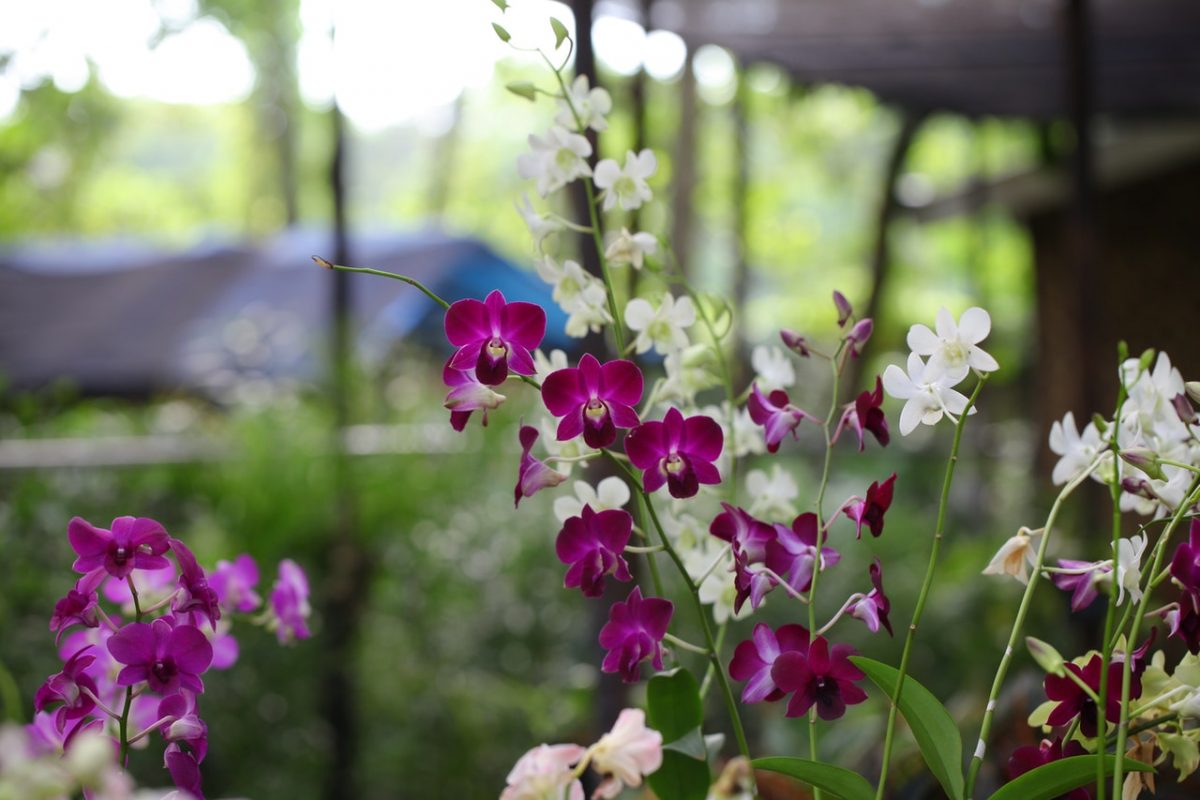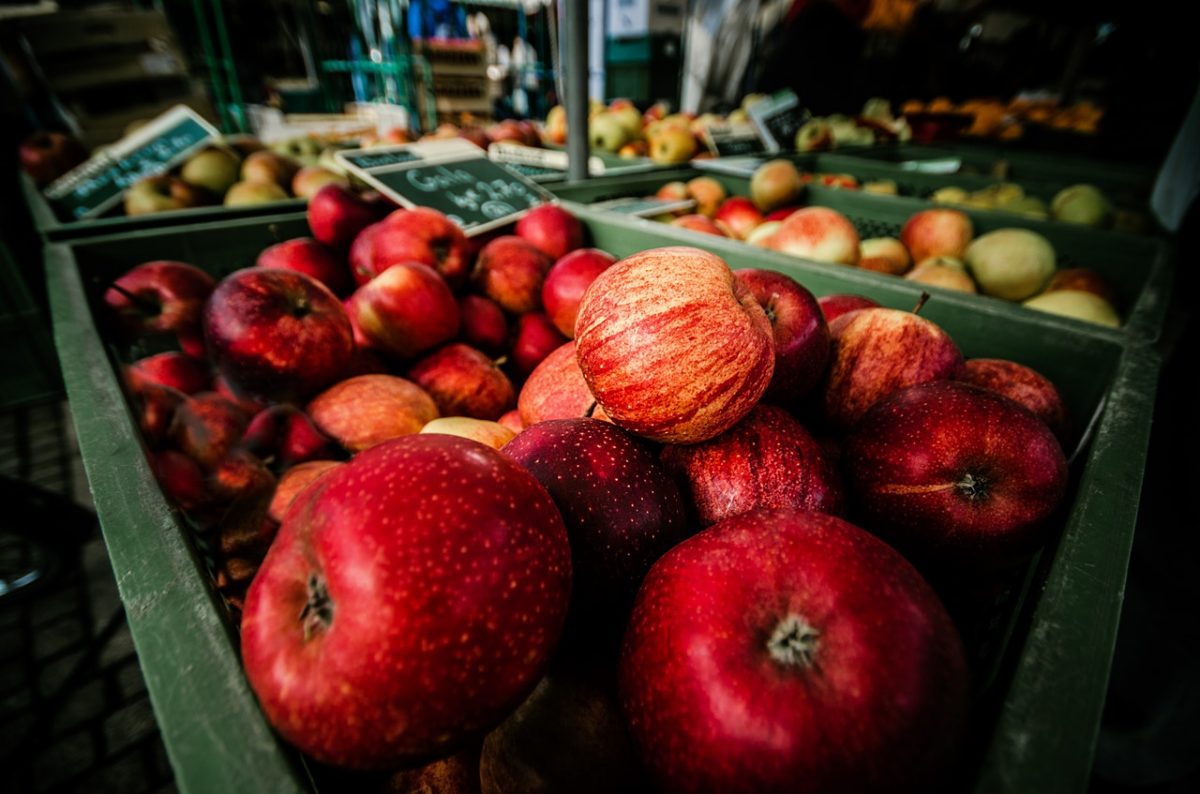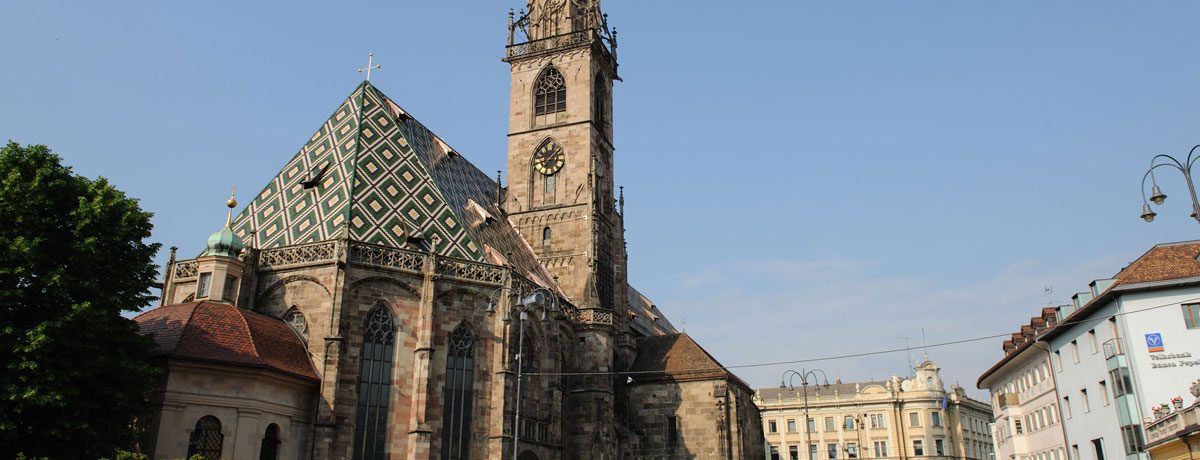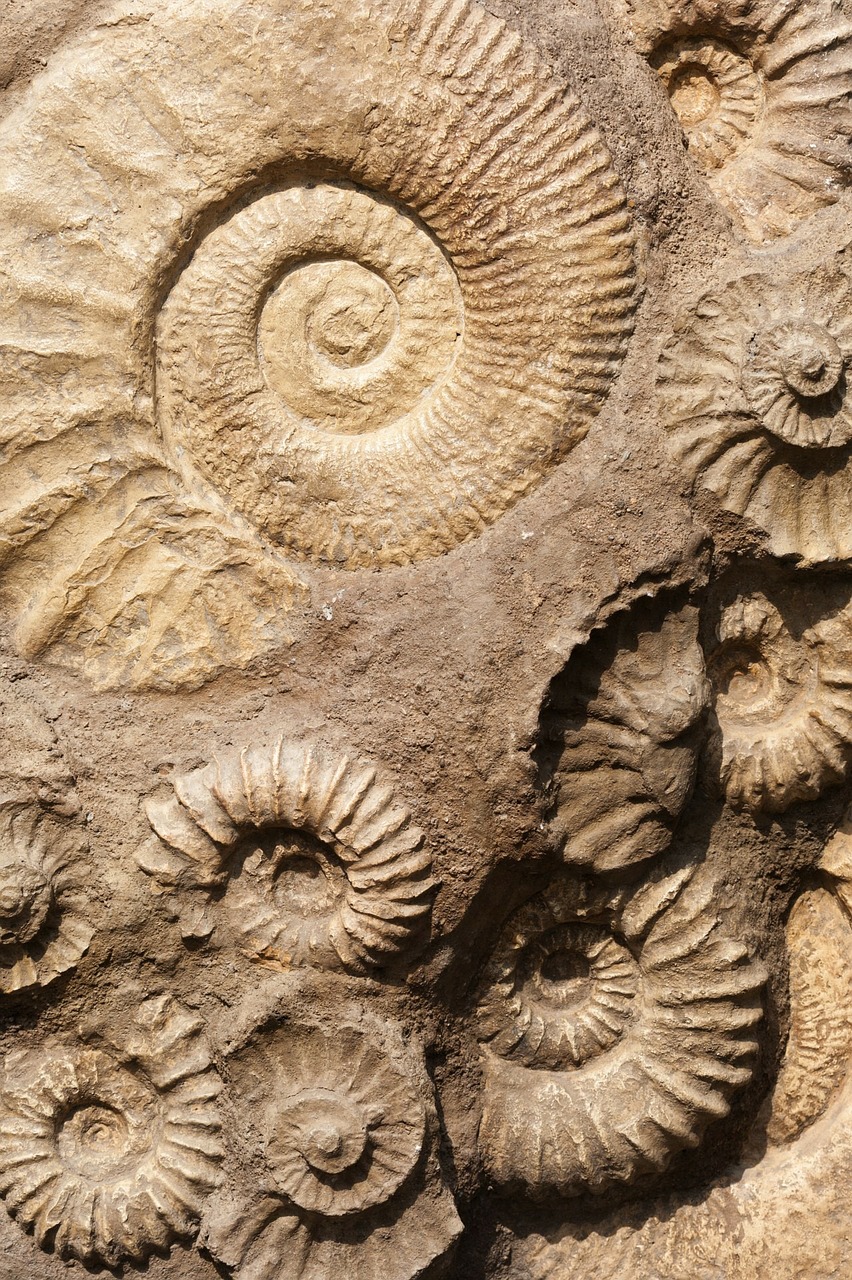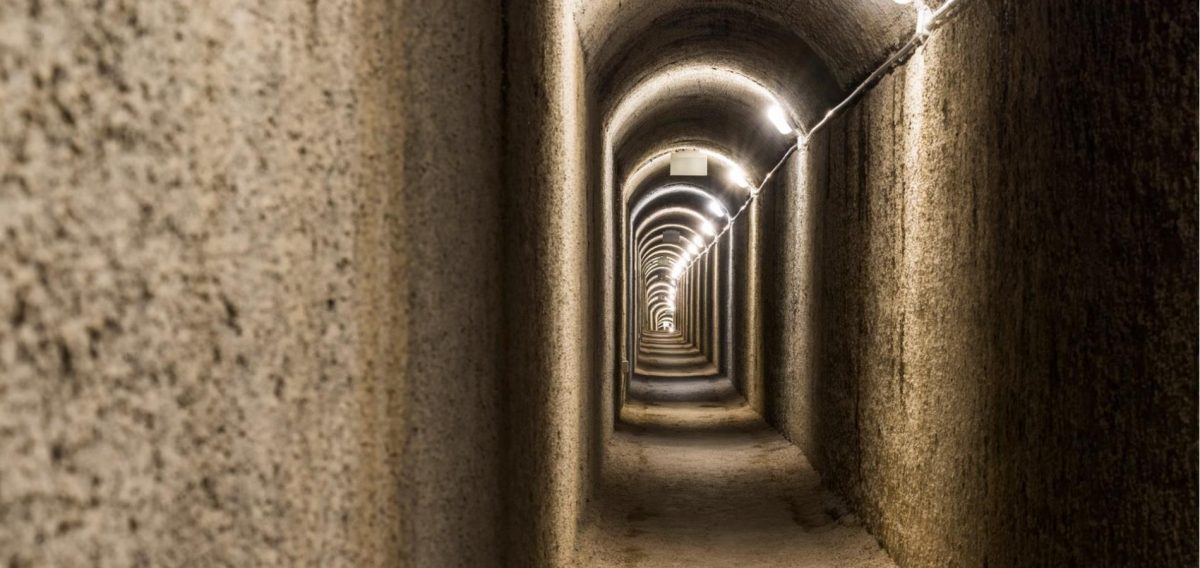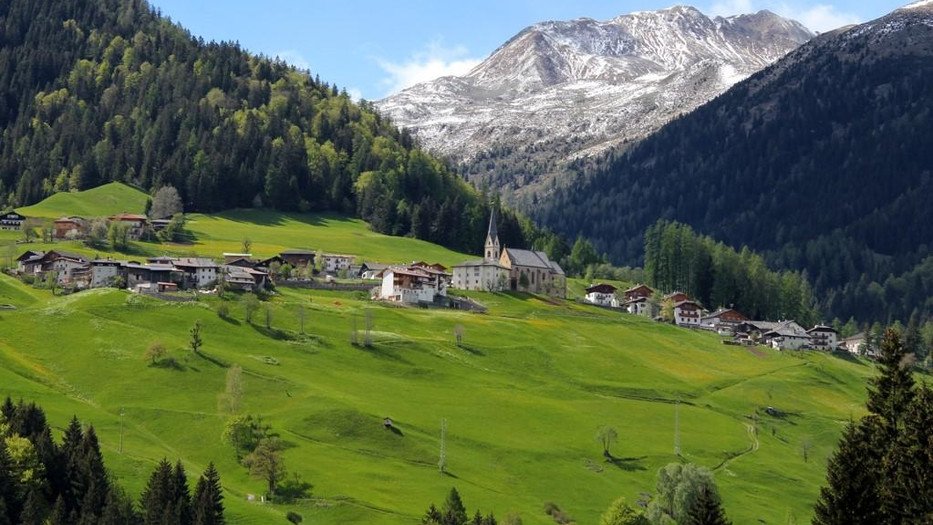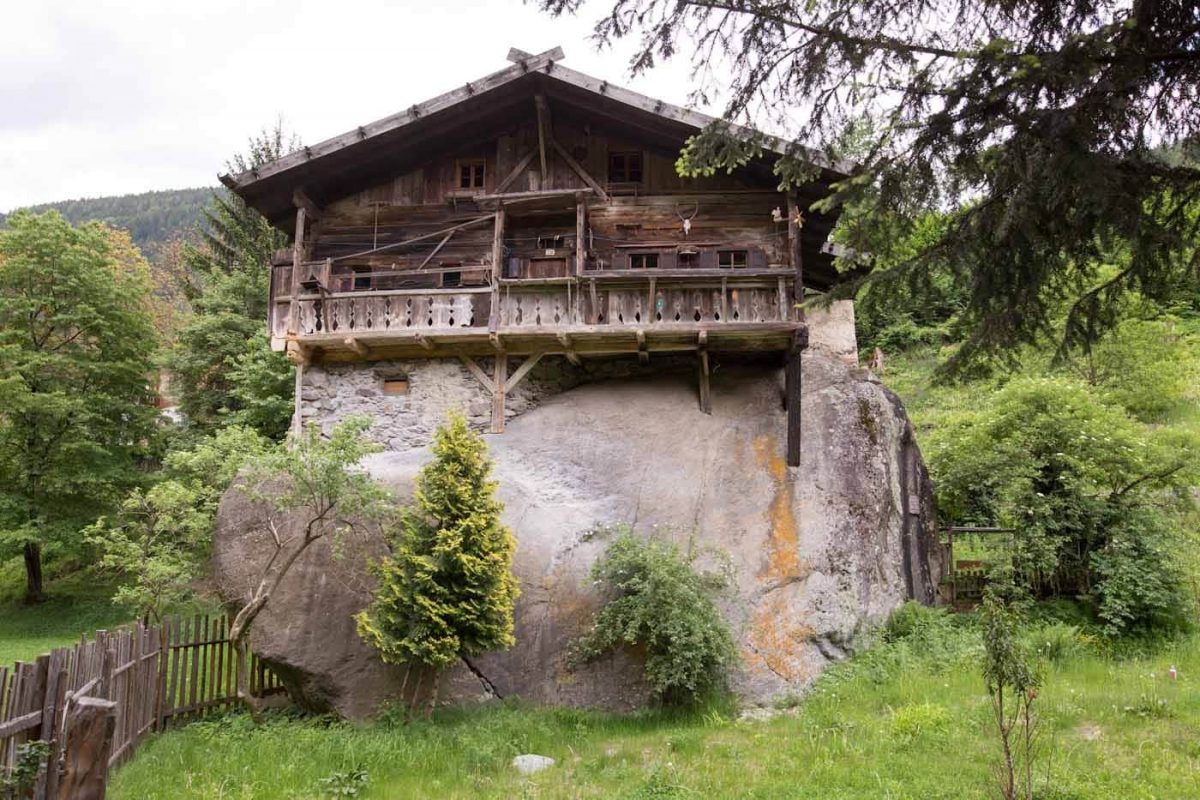How to reach the World of orchids in Gargazzone
South Tyrol is a special piece of earth. Due to the 300 sunny days a year, the mild, almost Mediterranean climate, the South Tyrol Orchid thrives here to a particularly healthy, strong and lively beauty. Valtl Raffeiner recognized this many years ago. His passion for orchids gave rise to the idea of using the excellent conditions in South Tyrol to delight people with the exceptionally high-quality and colourful variety of orchids.
The “Raffeiner Orchideenwelt” offers not only orchid lovers a world of experience to marvel at and discover, but also families from South Tyrol and holidaymakers from near and far.
However, not only the uniqueness of the exotic beauties will fascinate our visitors, but the entire structure of the complex will make for big eyes:
In the lake landscape the visitor sinks into the play of colours of the Koi carp. Over a bridge he reaches the other shore and passes a waterfall that awakens holiday feelings.
Children are offered space to let off steam in different areas and at the same time they can playfully learn their knowledge about orchids, their growth and reproduction in many stations.
A glimpse into orchid production also opens up to the curious, in order to examine the culture of the beauties that originate from their own production.
The tropical villa with its beautiful pond, where orchids swim their paths, invites you to linger. Your very special event could also take place here. Whether romantic or business – ideal for everyone.
The ORCHIDEA is the best place to round off an eventful tour with a piece of homemade cake or a small delicacy prepared with love. Next door you can keep an eye on the children on our adventure playground.
Whether on your own tour through the jungle world of orchids, which is unique in Europe, or in a group with a guided tour – you will feel our philosophy: to give pleasure to people with extraordinary and magnificent orchids from South Tyrol.
Explore the “Raffeiner Orchideenwelt” and let yourself be enchanted.
Opening hours:
o1. March 2018 – 31. October 2019:
Monday – Sunday 10:00 – 18:00
Prices:
| Children until 6 years | free entry |
| Children from 7 to 16 years | 6,50 € |
| Adults | 11,00 € |
| Adults aged 65 and over | 10,00 € |
| small Familycard (1 Adults + children until 18 years) | 16,00 € |
| big Familycard (2 Adults + children until 18 years) | 26,00 € |
| Groups of 15 or more persons | 9,50 € |
| Annual ticket for children up to 12 years old | 18,00 € |
| Annual ticket Adults | 30,00 € |
| Guided tour for individuals | 3,60€ |
guided tours:
Guided tour for individuals daily at 11:00 and 14.00 (60 minutes)
For groups on request.
note:
Dogs are not allowed into the Raffeiner Orchideenwelt. They are welcome to stay at the dog station with water bowl or to be taken to the ORCHIDEA.
Contact:
Orchideenwelt
Via Nazionale 26
39010 Gargazzone
+39 0471-920218
